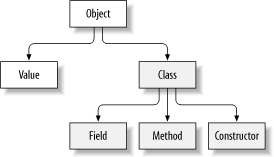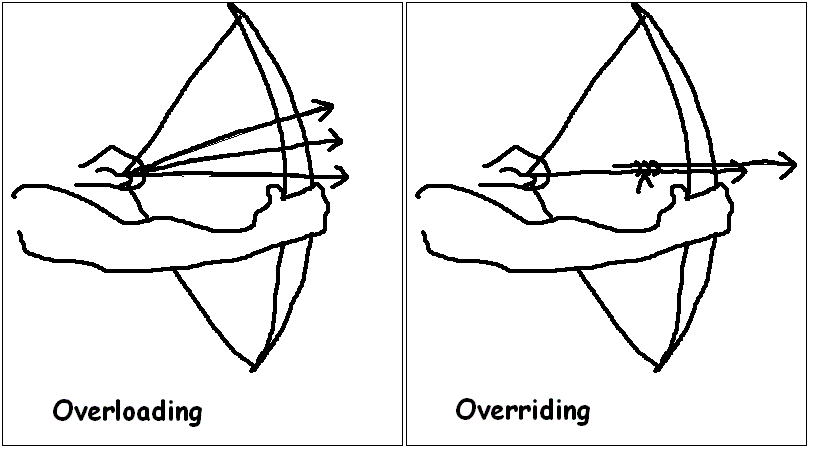System is a class name( class name begin with capital letter according to naming convention).
System is a final class, and among it's functionality, are standard input, standard output and error output streams.
out is a (public static final) variable of type PrintStream declared in the System class. PrintStream is another class.
Out is a static final member of the System class, and it's type is PrintStream. It is your standard output stream, that is ready to accept the output data to be sent to a console or any other destination.
println() is an overloaded method defined in the PrintStream class.
So System class would be something like
class System
{
public static final PrintStream out;
//other things
}
and the PrintStream class
class PrintStream
{
//variables defined
public void println()
{
//things it does
}
}
System is a final class, and among it's functionality, are standard input, standard output and error output streams.
out is a (public static final) variable of type PrintStream declared in the System class. PrintStream is another class.
Out is a static final member of the System class, and it's type is PrintStream. It is your standard output stream, that is ready to accept the output data to be sent to a console or any other destination.
println() is an overloaded method defined in the PrintStream class.
So System class would be something like
class System
{
public static final PrintStream out;
//other things
}
and the PrintStream class
class PrintStream
{
//variables defined
public void println()
{
//things it does
}
}
|



